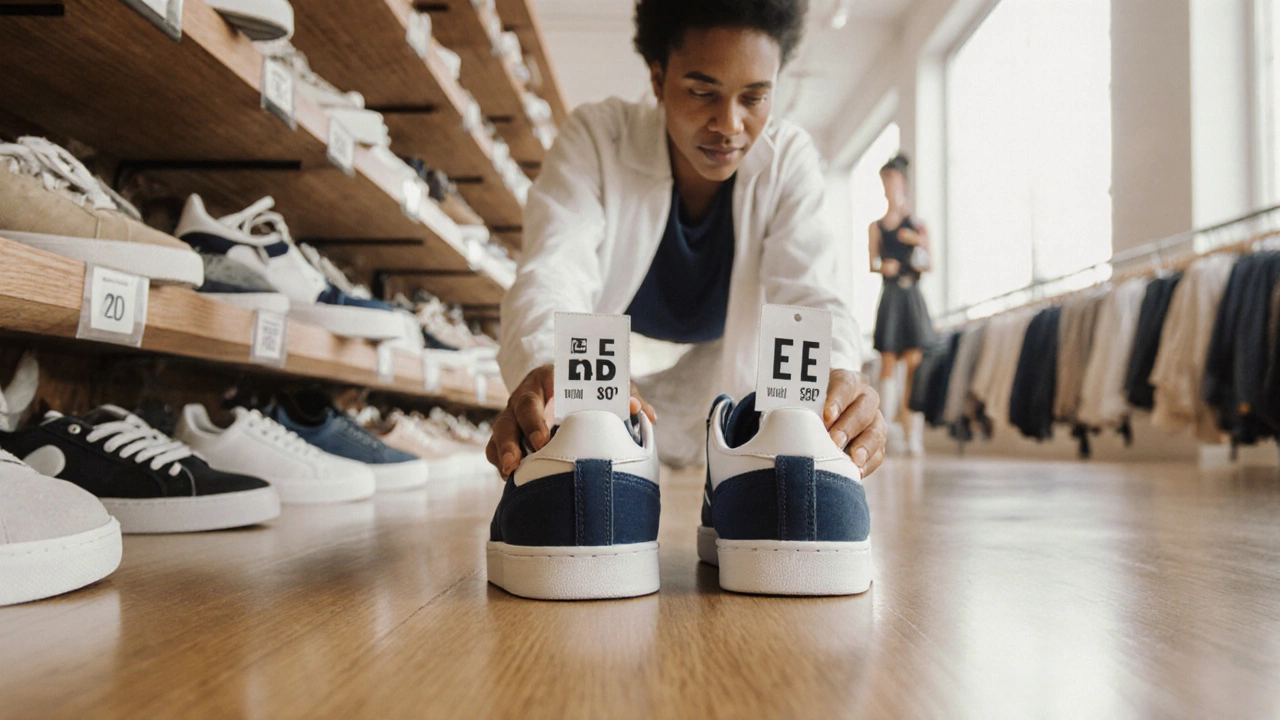EE Width: The Key to a Comfortable Wide Shoe
When you hear EE width, a designation for a very wide shoe size used mostly in the US and UK markets. Also known as extra‑extra wide, it helps people with broader feet avoid pinching and pain. Shoe width, the horizontal measurement of a shoe that runs from the inside of the toe box to the outer edge is the broader category that includes EE, D, B, and a range of other letters. Proper foot health, the overall condition of your feet, from arch support to skin integrity depends on matching the right width to your foot shape. In short, EE width encompasses foot breadth that standard sizes ignore, choosing EE width requires accurate foot measurement, and wide shoes improve foot health. Below we’ll break down why EE width matters, how to test it, and what to look for when shopping for wide shoes.
Why EE Width Matters for Everyday Comfort
The moment you slip on a pair that’s too narrow, you feel the squeeze at the forefoot, lateral edge, or even the arch. That pressure can lead to blisters, bunions, or worsening of existing conditions like plantar fasciitis. EE width offers a broader toe box, giving toes room to splay naturally during walking or running. A wider shoe also distributes weight more evenly across the foot, which reduces strain on the metatarsals and lowers the risk of stress fractures. If you’ve ever tried on a shoe labeled "EE" and felt an instant relief, that’s the effect of proper footwear fit in action. It’s not just about comfort; it’s a preventive measure that supports long‑term foot health and keeps you on your feet longer.
Measuring for EE width is straightforward but often skipped. Start by standing on a piece of paper, trace the outline of each foot, and measure the distance between the widest points of the heel and the ball of the foot. Compare that number to size charts that list width options. If the measurement lands in the range marked for EE (usually about 1.6 inches wider than a standard D width for men), you’re a candidate. Many brands provide a simple "width guide" on their website—use it before you click "add to cart". Remember, width is independent of length; you may need a size 9 EE even if a size 9 D feels tight. Try on shoes at the end of the day when your feet are slightly swollen; this gives the most realistic fit. If you can wiggle your toes freely, feel no tight spots, and notice that the shoe cradles your foot without slipping, you’ve found a good match.
When you browse our collection below, you’ll see articles that dive into shoe replacement timing, barefoot policies at stores, and specific brand controversies—all of which tie back to getting the right width. Whether you’re hunting for a pair of casual sneakers, a formal dress shoe, or a supportive athletic shoe, the EE width tag helps you filter out the ones that won’t fit your foot’s natural shape. Keep the tips above in mind, and you’ll be able to spot the right pair faster, avoid uncomfortable shoe swaps, and protect your foot health for years to come.

